When you think about the future of AR glasses, it's hard to get excited about yet another tech demo that promises the world but never quite makes it to your face. That changed when Google and Magic Leap stepped onto the stage at the Future Investment Initiative in Riyadh with something different. A prototype that actually feels like it could work in the real world.
Where AR glasses go from here
Looking at this prototype, I'm optimistic that AR glasses might finally work as everyday devices. This prototype previews Magic Leap's next chapter and offers a glimpse of a future where expert optics, open platforms, and strategic alliances deliver practical, wearable AR tech. The three-year partnership extension gives enough time to move beyond stage demos and get developer kits into people's hands.
Neither company has promised to ship these Android XR glasses as a direct product, and that is probably the smart call. The real play is a foundation others can build on, not one perfect device that tries to do everything.
The Magic Leap-Google effort signals a maturing mindset in AR, less flashy demos, more practical systems and shared tooling. The focus on visual quality, AI integration, and manufacturing feasibility addresses the barriers that kept AR glasses in labs instead of on faces. If they keep this pace, and if other manufacturers build on it, we could finally be staring at the start of mainstream AR glasses. The question is not whether the tech gets there anymore, it is how quickly the ecosystem matures around it.




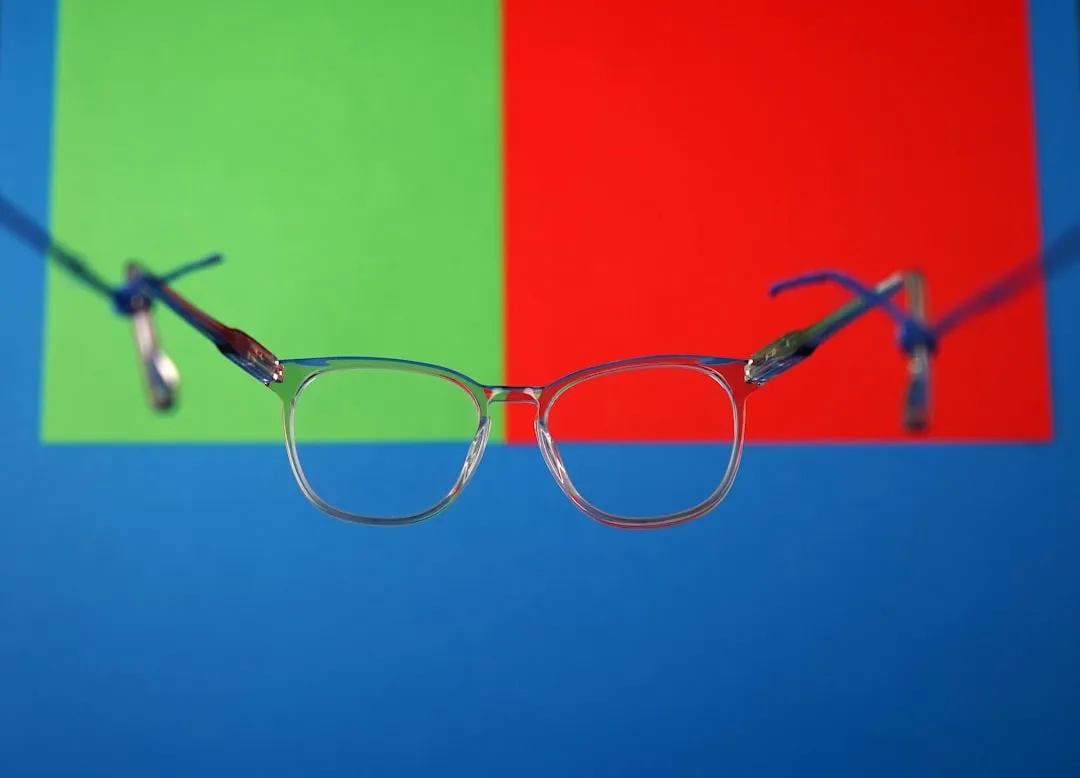


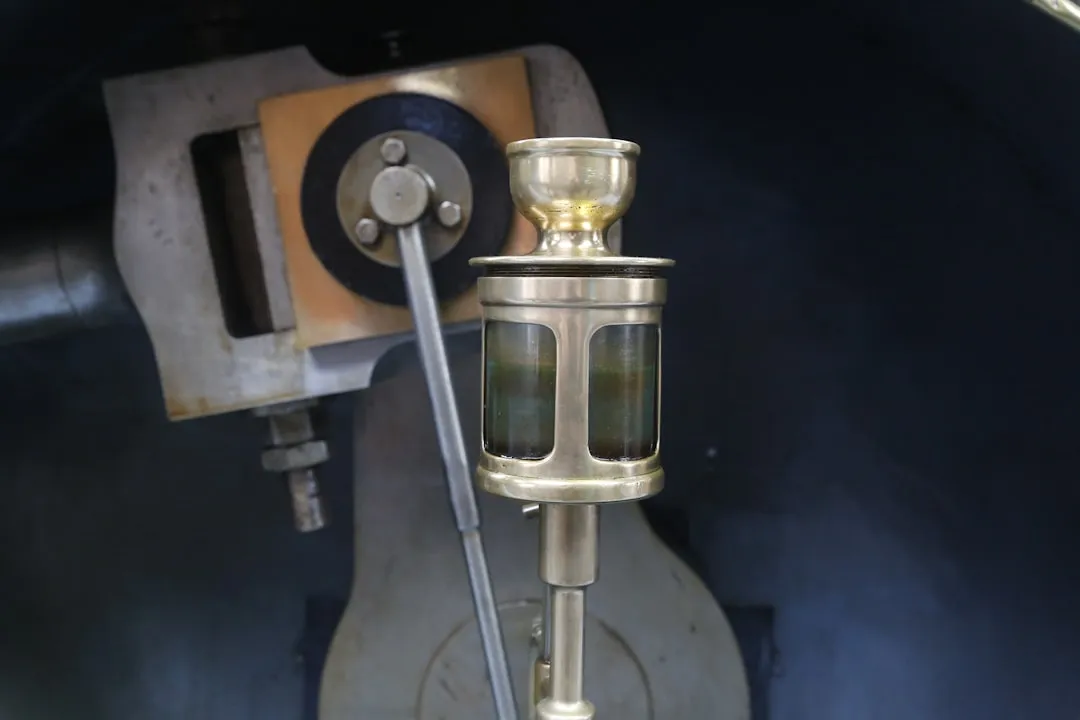



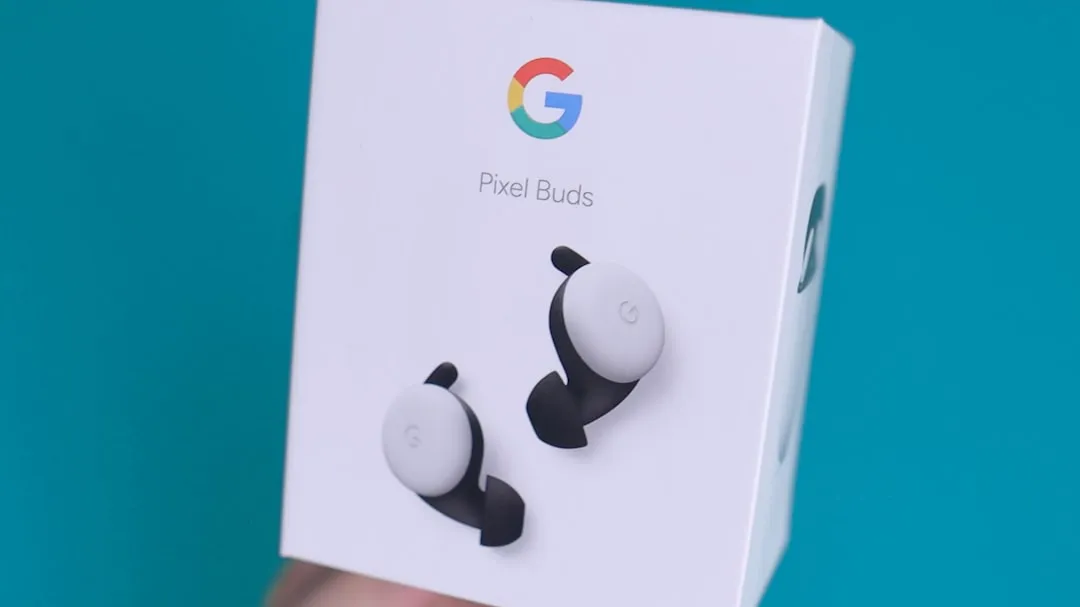
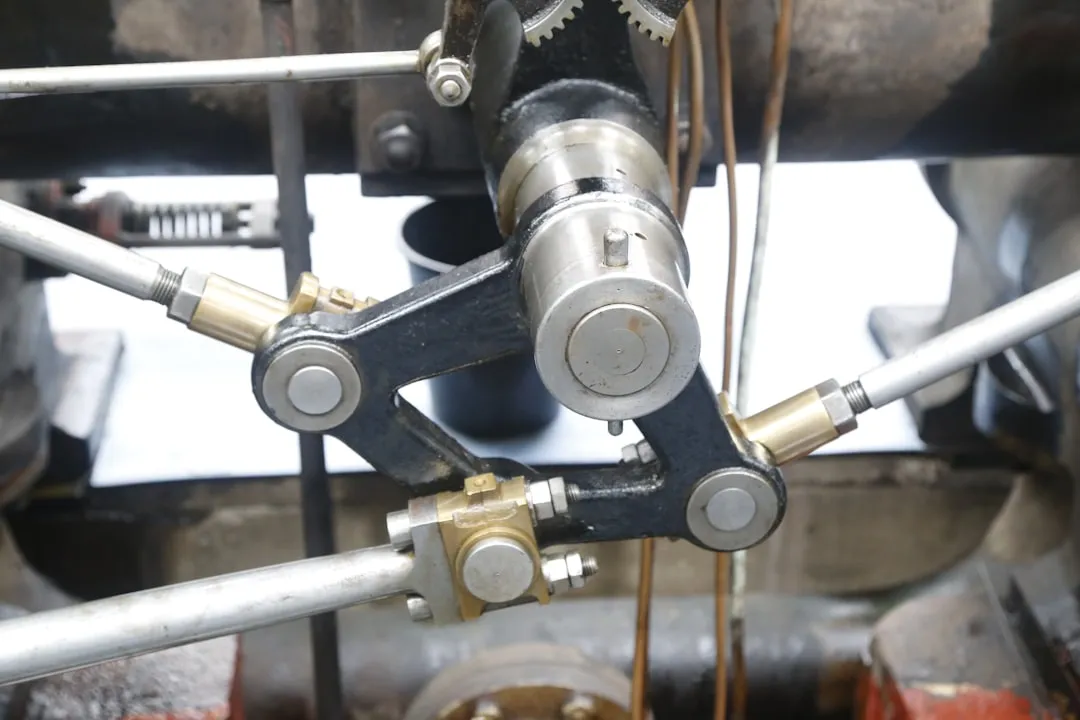
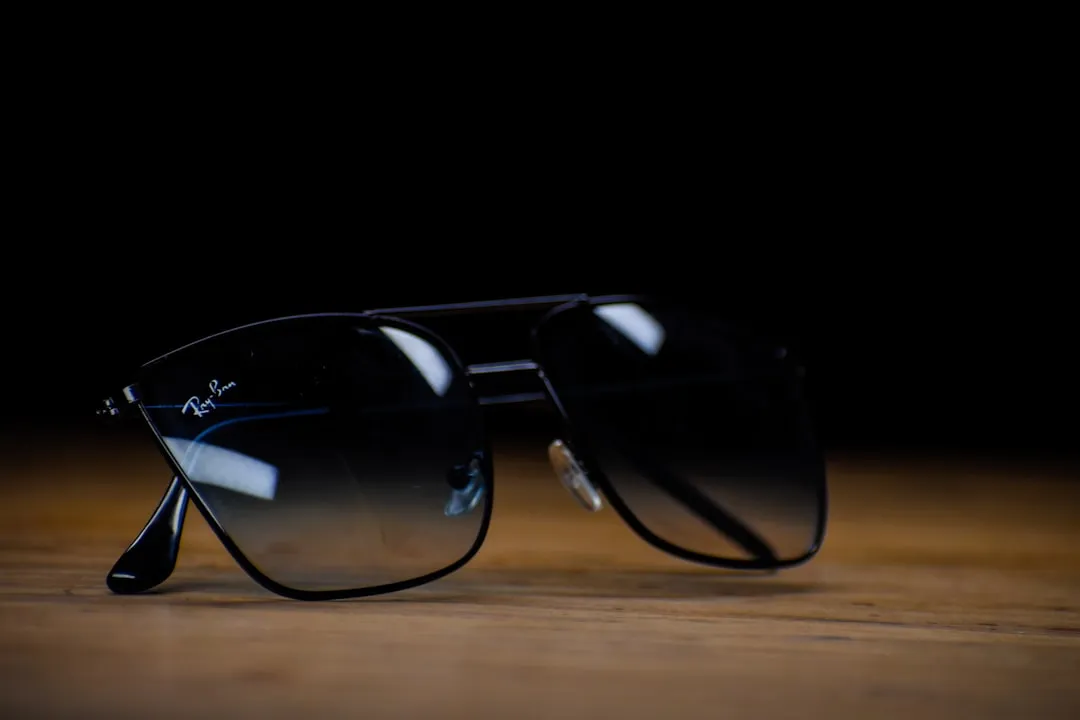
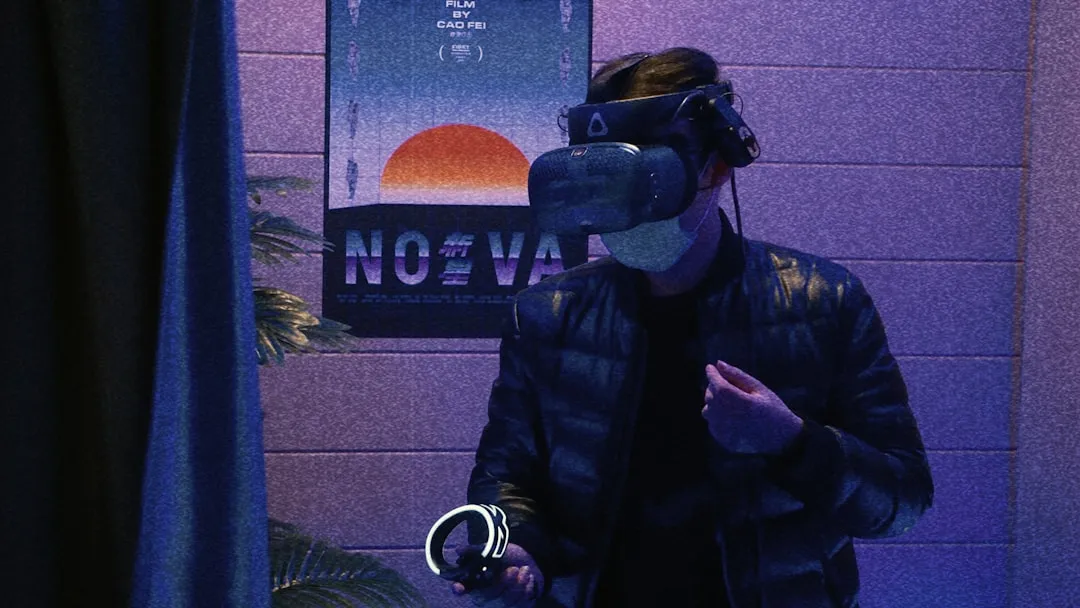
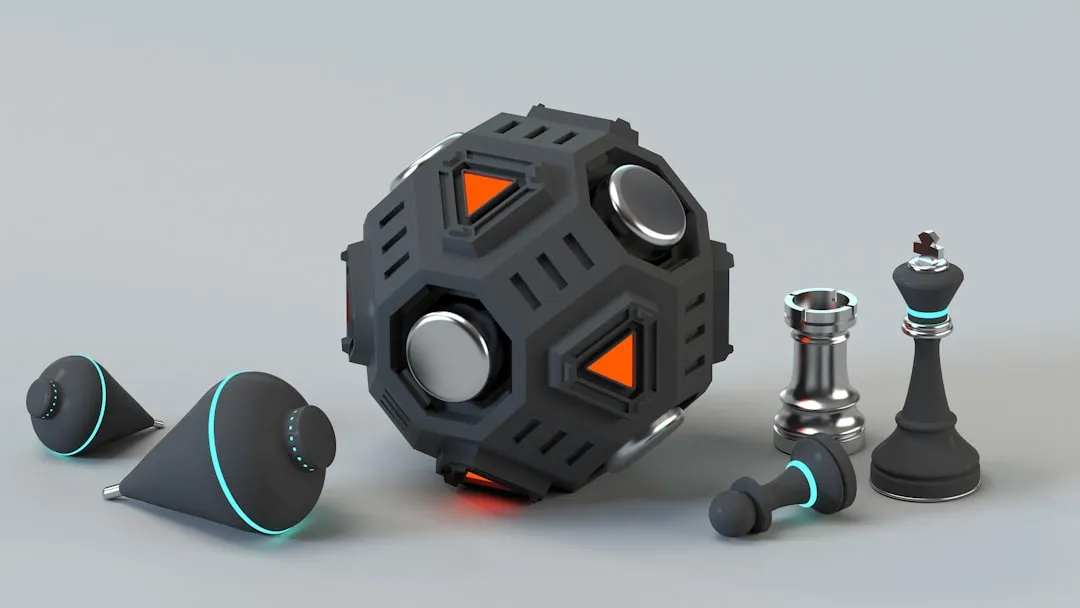
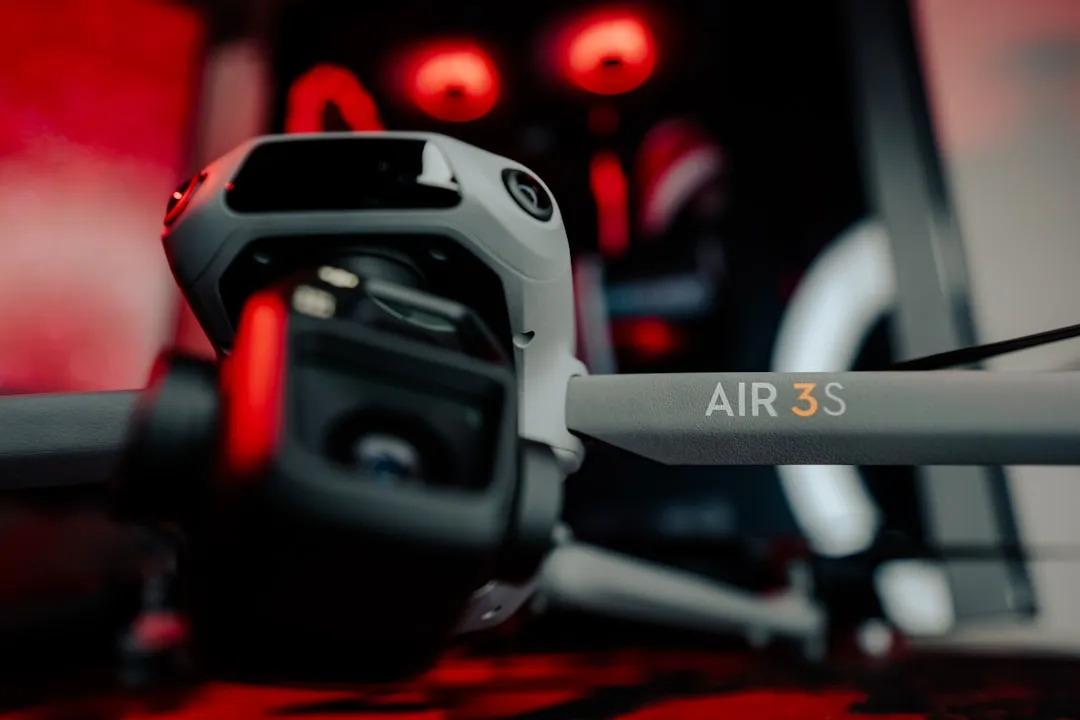

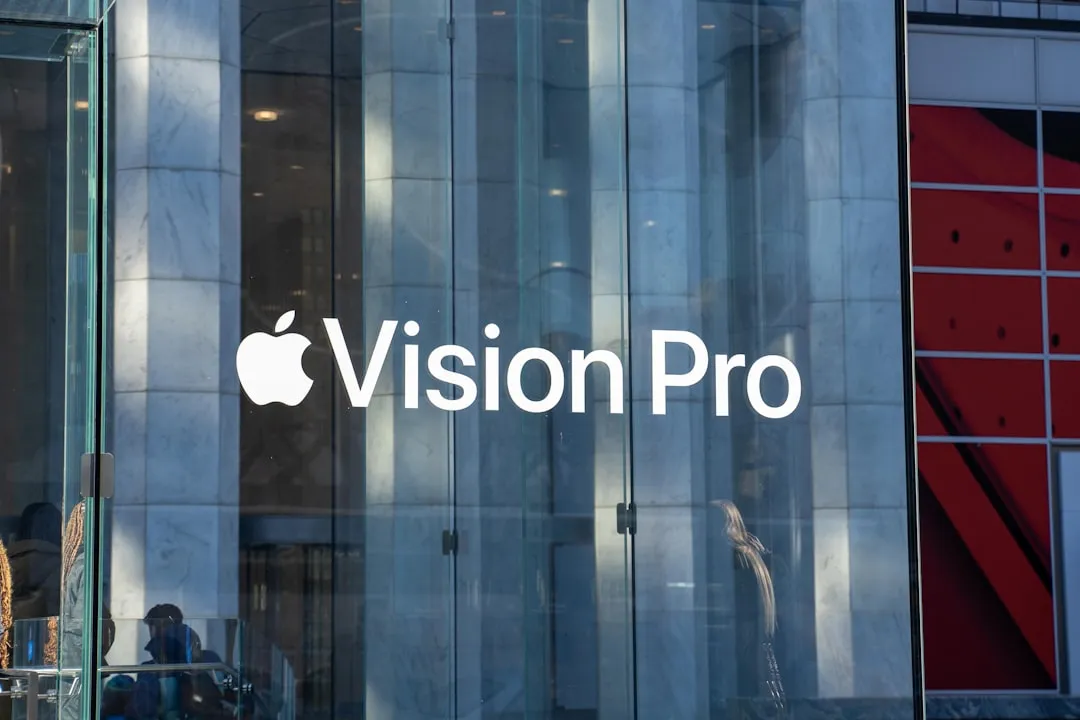
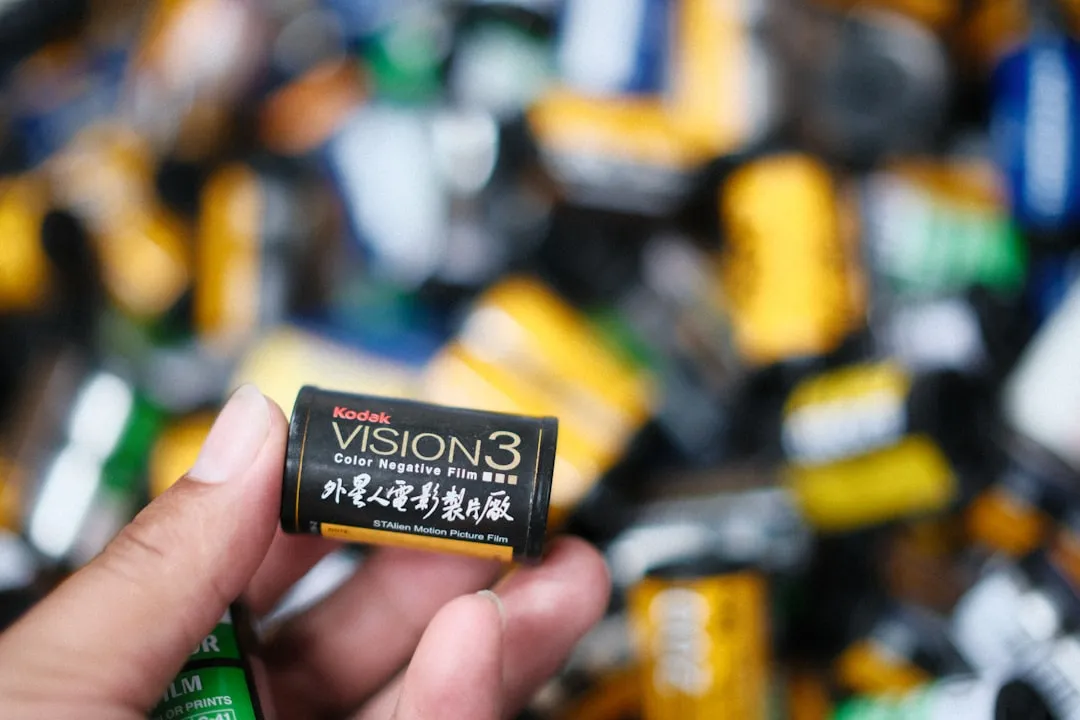
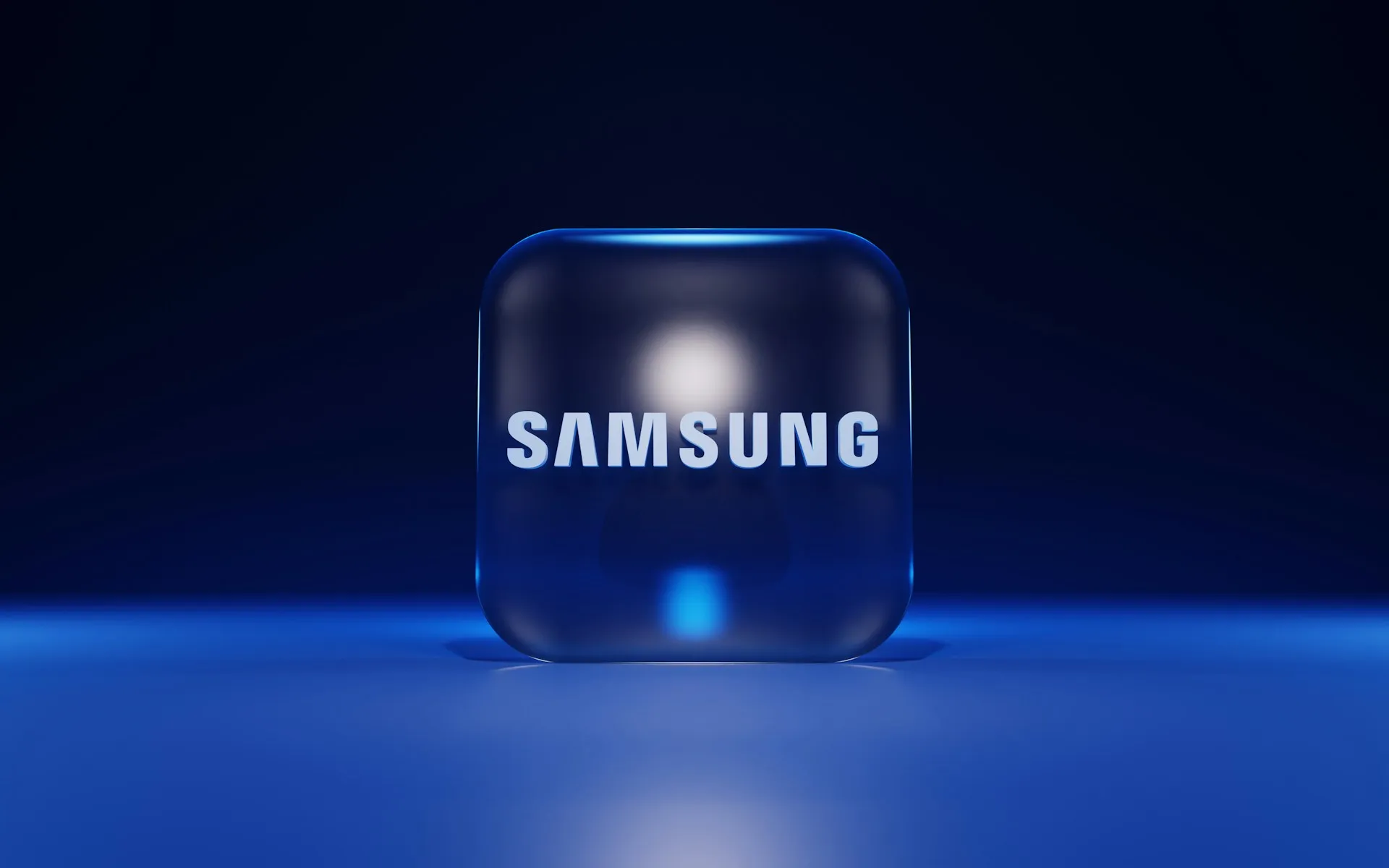

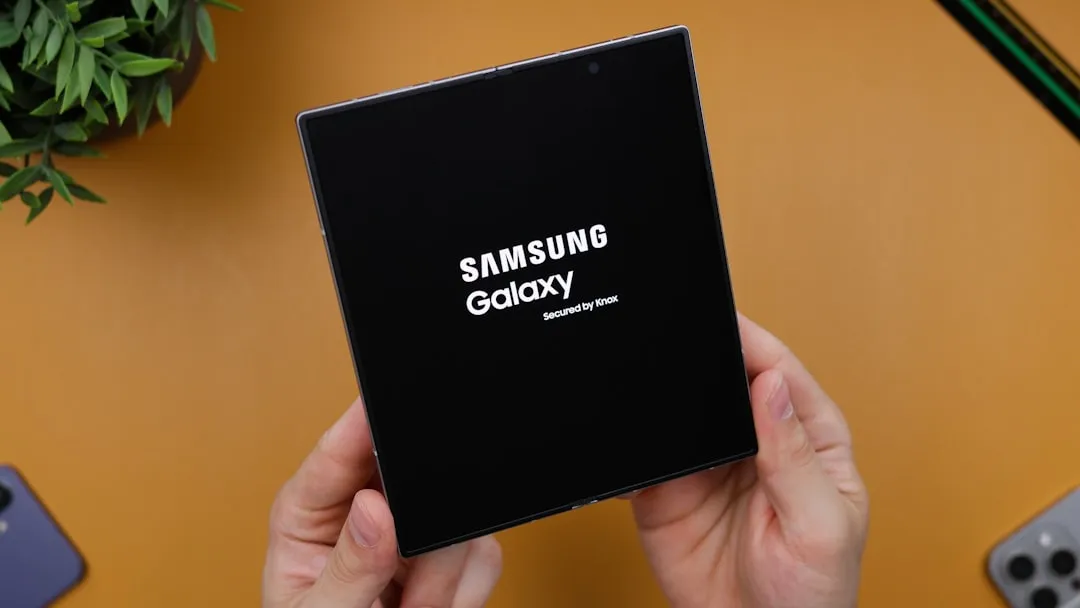

Comments
Be the first, drop a comment!